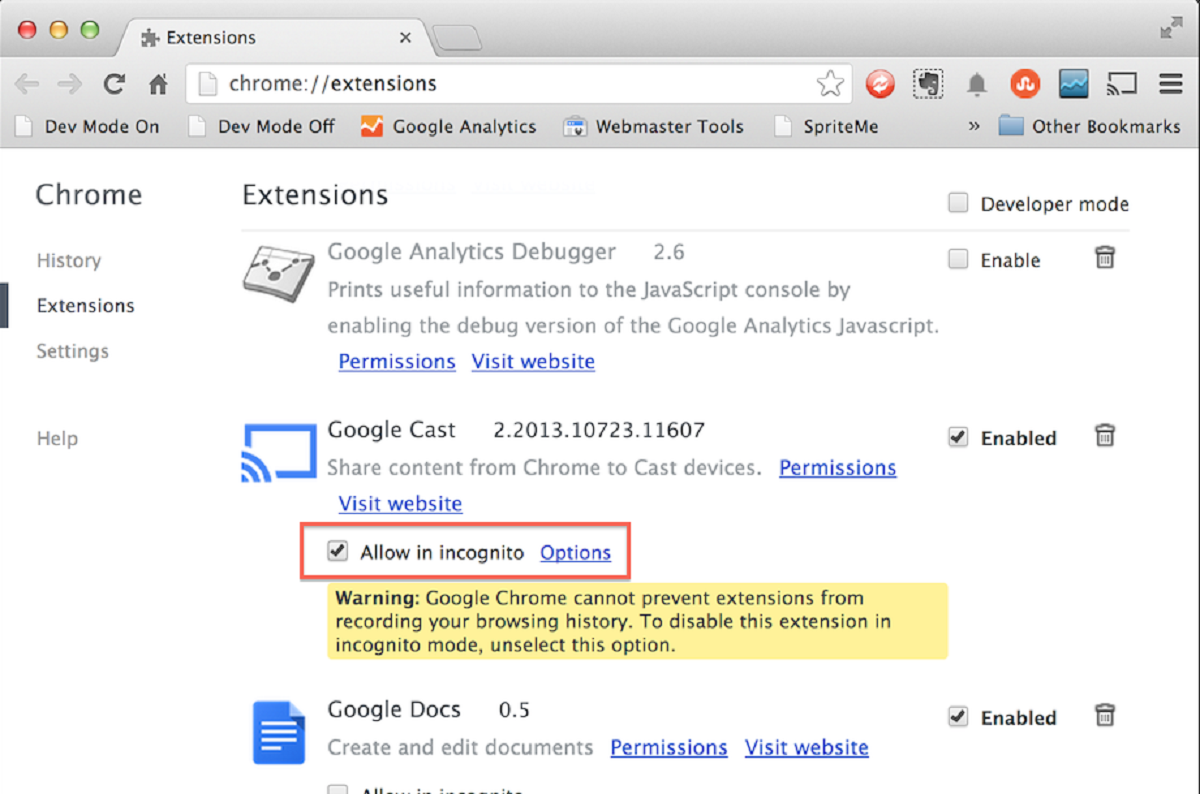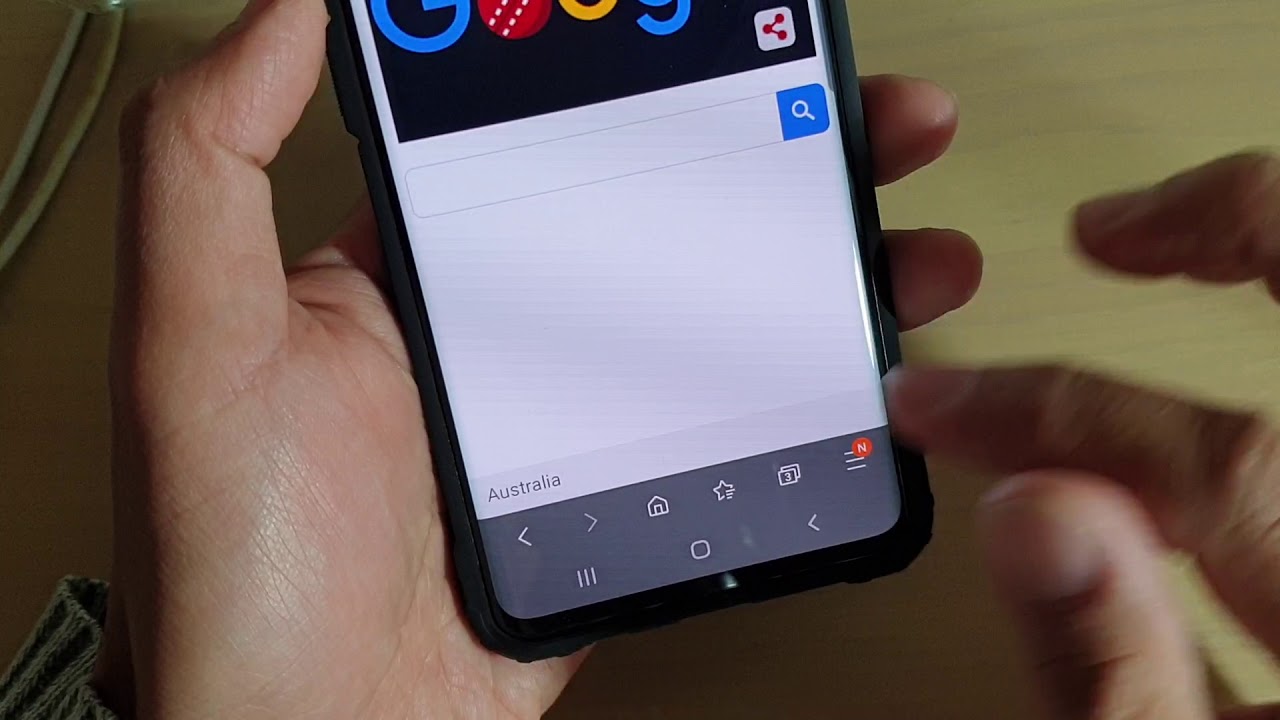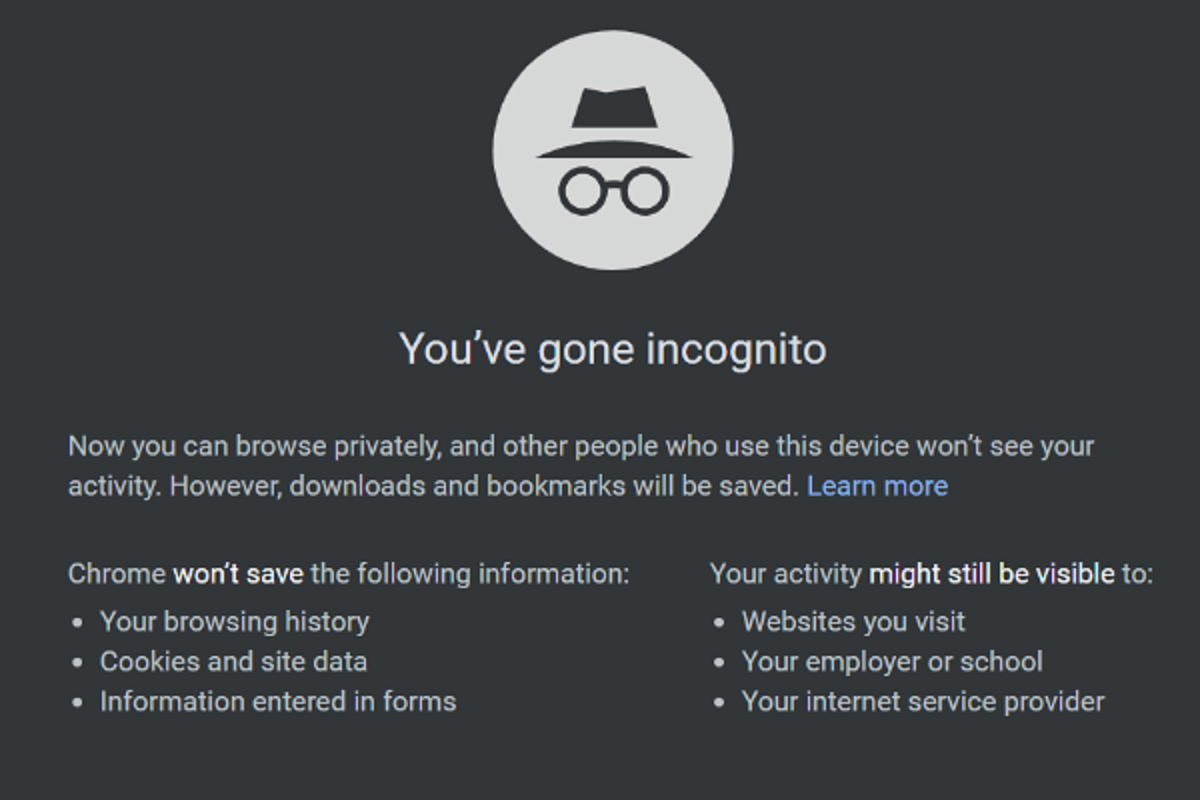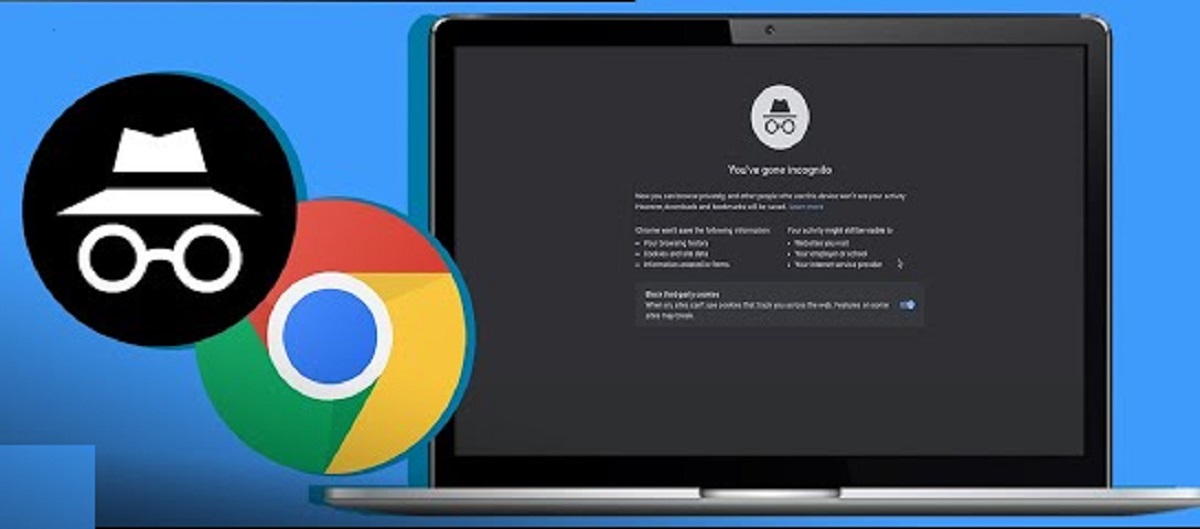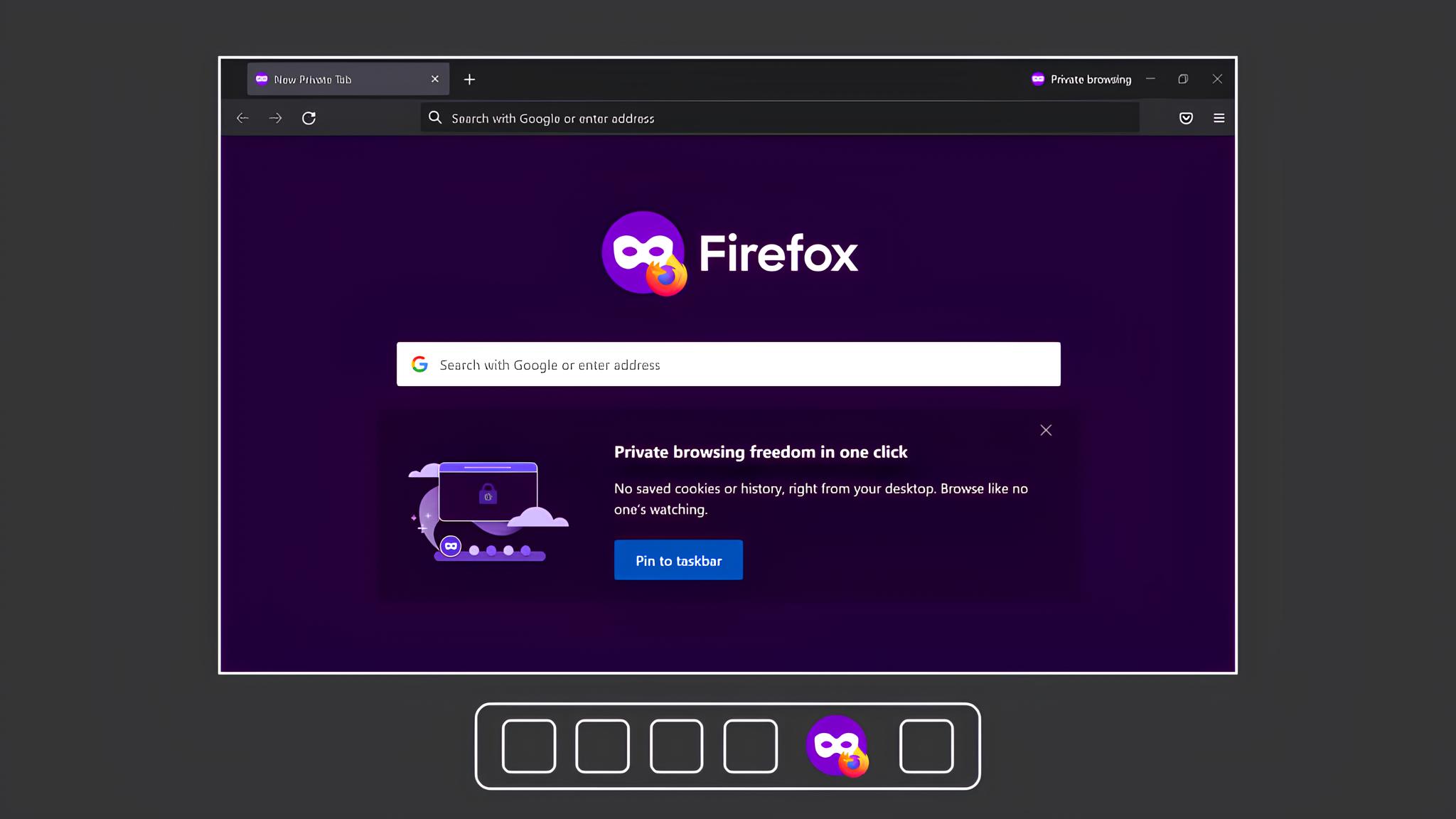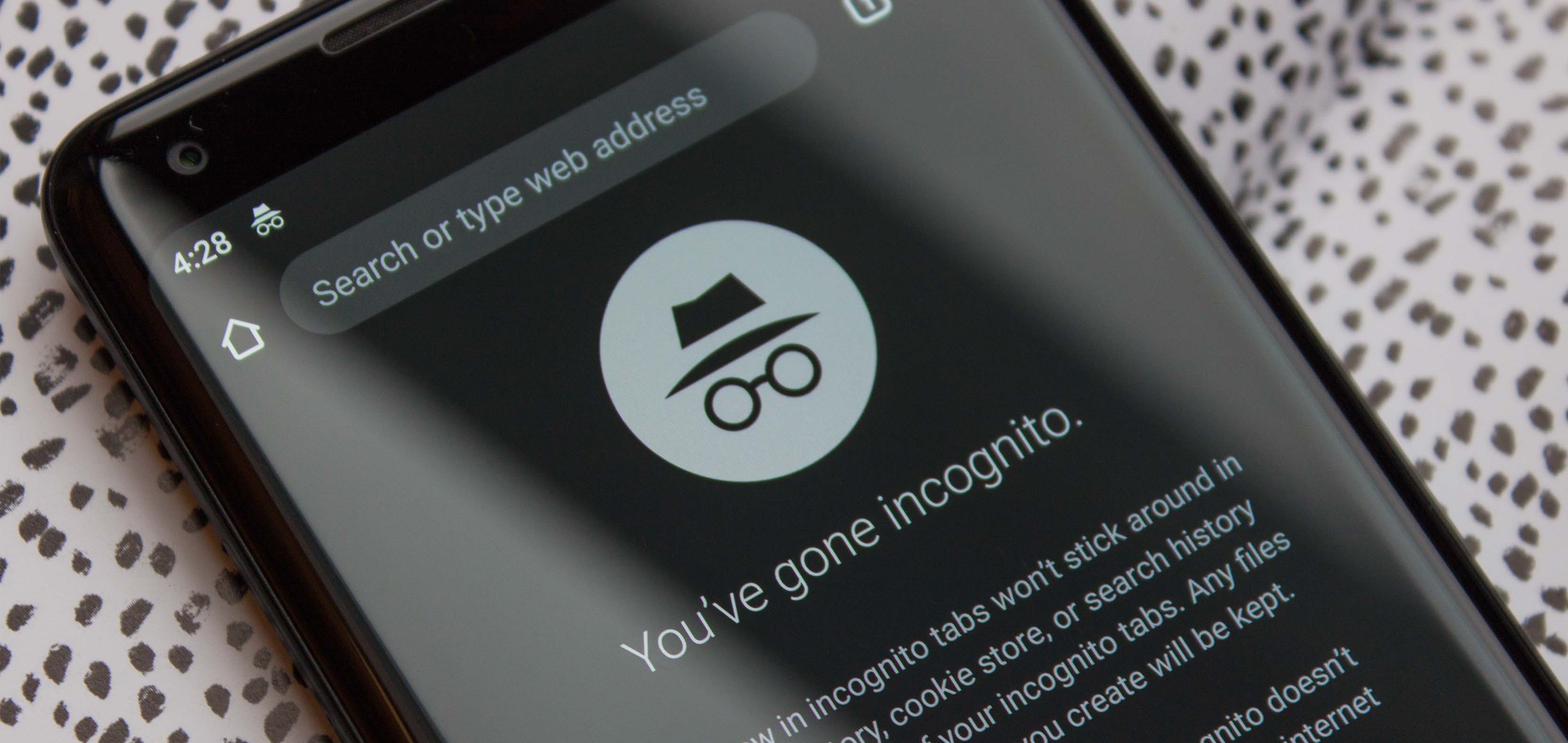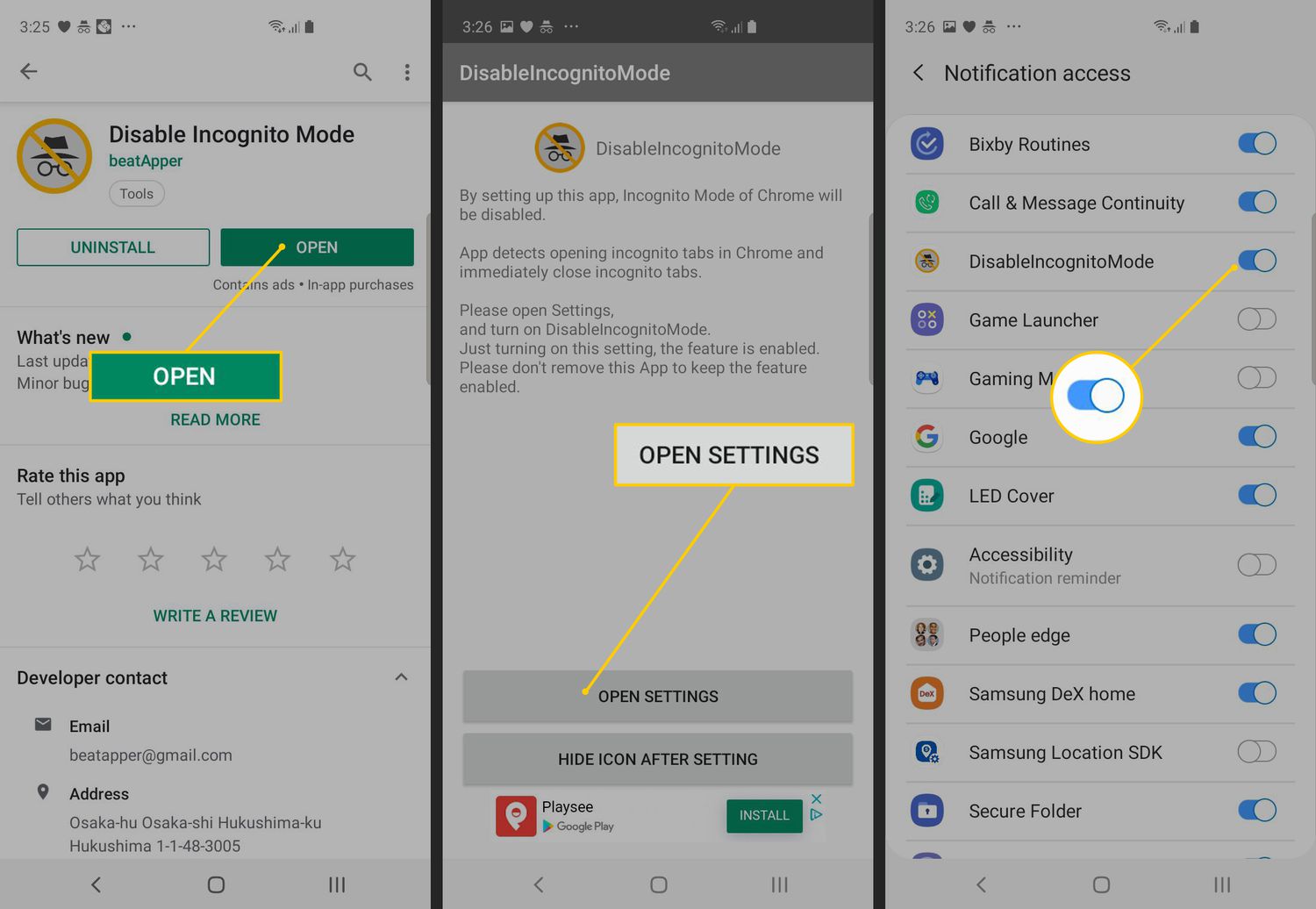Introduction
The use of the internet has become an integral part of our daily lives, and with that comes the need for online privacy. Whether you’re researching sensitive topics or simply want to keep your browsing history private, using Incognito Mode can be a valuable tool. Incognito Mode, also known as private browsing, allows you to browse the web without leaving any trace on your device.
In this article, we will walk you through the steps to cast Incognito Mode on popular web browsers. We will explore how to find the Incognito Mode option, open it, browse privately, adjust settings, and exit when you are finished. By following these simple instructions, you can enjoy a more secure and discreet internet experience.
Please note that while Incognito Mode offers enhanced privacy features, it does not guarantee complete anonymity. Your internet service provider (ISP) and certain websites may still be able to track your activities. Additionally, any files you download or bookmarks you create in Incognito Mode will still be visible outside of it. Nevertheless, enabling Incognito Mode is an effective way to maintain a certain level of privacy during your online sessions.
Now, let’s dive into the steps of casting Incognito Mode on your preferred web browser.
Step 1: Finding the Incognito Mode Option
Before you can start browsing privately in Incognito Mode, you need to locate the option within your web browser. Luckily, most popular browsers make it relatively easy to find and enable Incognito Mode. Here are the steps for finding the Incognito Mode option in some commonly used browsers:
- Google Chrome: In Google Chrome, look for the three-dot menu icon in the top-right corner of the browser window. Click on it and a drop-down menu will appear. From the menu, select “New Incognito Window” or simply press “Ctrl + Shift + N” on your keyboard.
- Mozilla Firefox: To access Incognito Mode in Mozilla Firefox, click on the three-line menu icon located in the top-right corner. From the drop-down menu, choose “New Private Window” or press “Ctrl + Shift + P” on your keyboard.
- Microsoft Edge: In Microsoft Edge, click on the three-dot menu icon at the top-right corner and select “New InPrivate Window” from the menu. Alternatively, you can use the keyboard shortcut “Ctrl + Shift + N”.
- Safari: When using Safari, navigate to the “File” menu at the top of your screen. From there, select “New Private Window” or press “Command + Shift + N” on your keyboard.
Keep in mind that the steps provided above may vary slightly depending on the version of your web browser. However, these instructions should serve as a general guideline to help you find the Incognito Mode option in most browsers.
Once you have located the option to open a new private window, you are ready to move on to the next step: Opening Incognito Mode.
Step 2: Opening Incognito Mode
After finding the Incognito Mode option in your web browser, the next step is to open it and start browsing privately. Follow these instructions to open Incognito Mode:
- Google Chrome: In Google Chrome, click on the “New Incognito Window” option from the drop-down menu. A new window will open with a dark theme and a message confirming that you are in Incognito Mode.
- Mozilla Firefox: In Mozilla Firefox, select “New Private Window” from the menu. The browser will open a new window with a purple mask icon in the top-right corner, indicating that you are in private browsing mode.
- Microsoft Edge: Click on “New InPrivate Window” in Microsoft Edge. The browser will launch a new window with the InPrivate logo in the top-left corner, indicating that you are now browsing privately.
- Safari: In Safari, choose “New Private Window” from the “File” menu. A new window will appear with a dark address bar, signifying that you are in private browsing mode.
Once you have opened an Incognito Mode window, you can start using it just like a regular browser window. It’s important to note that while you are in Incognito Mode, your browsing history, cookies, and site data will not be saved on your device. However, your online activities can still be visible to your internet service provider, employer, or any websites you visit.
In the next step, we will explore how to fully take advantage of the private browsing experience in Incognito Mode.
Step 3: Browsing Privately
Now that you have successfully opened Incognito Mode in your web browser, it’s time to start browsing privately. Here are some important things to keep in mind while using Incognito Mode:
- No Browsing History: One of the key features of Incognito Mode is that it does not save your browsing history. This means that any websites you visit, searches you perform, or forms you fill out will not be stored on your device.
- No Saved Cookies or Site Data: Incognito Mode also prevents the browser from saving cookies and site data. This can be useful when you don’t want websites to track your online activities or retain any personal information.
- Increased Privacy with Extensions: While most browser extensions are disabled in Incognito Mode by default, you have the option to enable certain extensions that enhance your privacy, such as ad blockers or VPNs. However, be aware that some extensions may still collect and store your data even in Incognito Mode.
- Multiple Incognito Windows: You can open multiple Incognito Mode windows simultaneously. Each window operates independently, which means your browsing activity in one window will not be visible to another. This can be helpful for keeping different sessions or tasks separate.
- Downloaded Files: Any files you download while in Incognito Mode will be saved to your device as usual. However, be aware that they may still be visible outside of Incognito Mode, so remember to delete them if they contain sensitive information.
- Bookmarking: While your browsing history and cookies are not saved in Incognito Mode, you still have the ability to bookmark websites. Just keep in mind that these bookmarks will be visible in your regular browser mode.
By following these guidelines, you can ensure a more private and secure browsing experience in Incognito Mode. However, remember that while Incognito Mode prevents your local device from storing your browsing data, it does not make you completely anonymous. Your ISP, employer, and certain websites may still be able to track your online activities.
In the next step, we will explore how to make adjustments to the settings of Incognito Mode to optimize your privacy and browsing experience.
Step 4: Adjusting Incognito Mode Settings
While Incognito Mode comes with default privacy settings, you have the option to make adjustments to enhance your browsing experience. Here are some settings you can consider modifying:
- Cookie Settings: By default, most browsers allow third-party cookies while in Incognito Mode. However, you can change this setting to block all cookies or only allow first-party cookies. To access these settings, navigate to the browser’s privacy or security preferences.
- Extensions and Add-ons: As mentioned earlier, most extensions are disabled in Incognito Mode, but you can manually enable certain extensions for improved privacy or specific functionalities. To do this, open the browser’s extension/add-on settings and toggle the option to allow the extension in Incognito Mode.
- Search Engine: By default, Incognito Mode uses the same search engine as your regular browsing mode. However, if you prefer more privacy, consider changing your search engine to one that prioritizes user privacy, such as DuckDuckGo or Startpage.
- Disable Autofill: Autofill features can save your passwords, addresses, and other personal information. To ensure maximum privacy, consider disabling autofill in your browser settings while in Incognito Mode.
- Block Pop-ups: Pop-up ads can be annoying and may compromise your privacy. Make sure to enable the pop-up blocker feature in your browser settings to prevent unwanted pop-ups while in Incognito Mode.
- Clearing Incognito Data: At the end of your Incognito Mode session, you may want to clear any temporary data that may have been stored during your browsing. Most browsers provide an option to clear your browsing data, including cookies and cache, specifically for Incognito Mode.
By adjusting these settings, you can customize your Incognito Mode experience to align with your privacy preferences. However, keep in mind that not all browsers offer the same level of customization, so some settings may not be available in certain browsers.
Now that you are familiar with adjusting Incognito Mode settings, let’s move on to the final step – Exiting Incognito Mode.
Step 5: Exiting Incognito Mode
When you are finished browsing in Incognito Mode, it’s important to properly exit to ensure your privacy. Here’s how you can safely exit Incognito Mode in different web browsers:
- Google Chrome: In Chrome, simply close the Incognito Mode window by clicking the “x” icon in the top-right corner. This will end your private browsing session and return you to your regular browsing mode.
- Mozilla Firefox: To exit Incognito Mode in Firefox, close the private window by clicking the “x” in the top-right corner. This will close the private window and switch you back to your regular browsing mode.
- Microsoft Edge: In Microsoft Edge, close the InPrivate Window by clicking the “x” in the top-right corner. This will exit Incognito Mode and return you to your regular browsing session.
- Safari: When you are using Safari in Incognito Mode, simply close the private window by clicking the red “x” in the top-left corner. This will end your private session and take you back to the regular browsing mode.
It is important to note that closing the Incognito Mode window does not delete your browsing history or any data from the websites you visited. It only ends your current session of private browsing. If you wish to clear your browsing history, cookies, and other temporary data, you will need to navigate to your browser’s settings and clear your data from there.
By properly exiting Incognito Mode, you can ensure that your private browsing session is securely closed and that your privacy is maintained.
Now that you have successfully learned how to cast Incognito Mode, you can enjoy a more private and secure browsing experience whenever you need it.
Conclusion
Using Incognito Mode can be a valuable tool for protecting your privacy while browsing the internet. By following the steps outlined in this article, you can easily cast Incognito Mode in popular web browsers and enjoy a more private browsing experience.
From finding the Incognito Mode option to opening a new window, browsing privately, adjusting settings, and exiting when you’re done, each step is important for maximizing the benefits of Incognito Mode.
While Incognito Mode provides a higher level of privacy by not saving your browsing history, cookies, or site data on your device, it is important to remember that it is not a foolproof method for complete anonymity. Your internet service provider and certain websites may still be able to track your online activities.
Therefore, it is crucial to maintain good browsing practices and be cautious of the websites you visit and the information you share, even when using Incognito Mode.
By being mindful of your browsing activities and adjusting the Incognito Mode settings to align with your privacy preferences, you can further enhance your online privacy and security.
Now that you are equipped with the knowledge of casting Incognito Mode, you can confidently browse the internet with increased privacy, knowing that your browsing history and personal information are protected.







